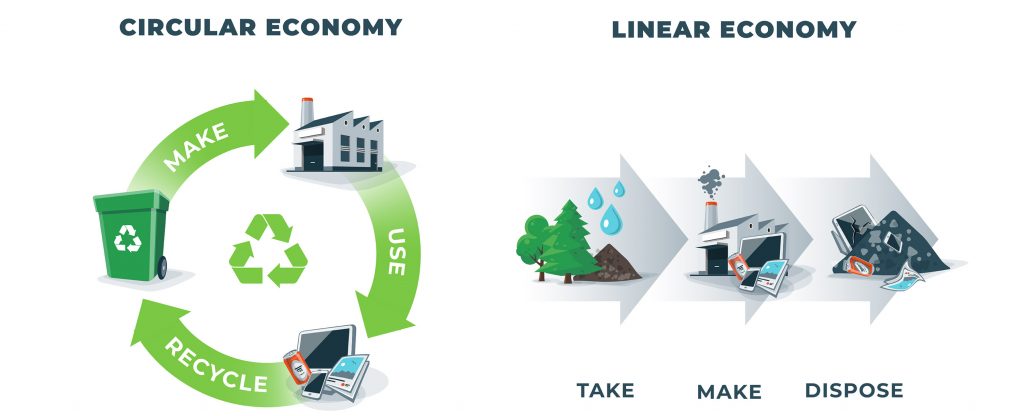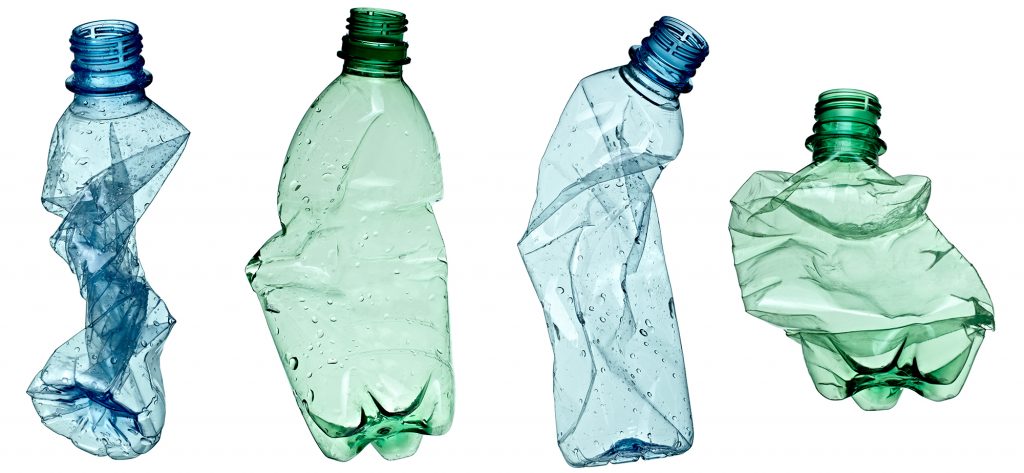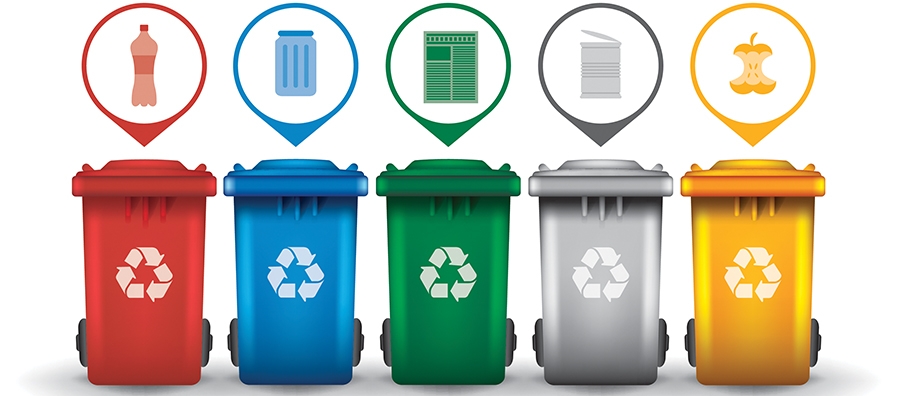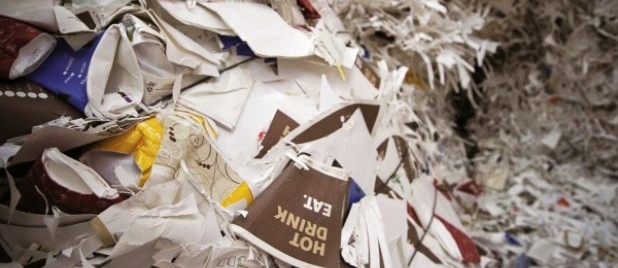A circular economy is fundamentally different from a linear economy. To put it simply, in a linear economy we mine raw materials that we process into a product that is thrown away after use. In a circular economy, we close the cycles of all these raw materials. Closing these cycles requires much more than just recycling. It changes the way in which value is created and preserved, how production is made more sustainable and which business models are used. These aspects are explained in more detail below.

From new raw materials to value preservation.
The circular system and the linear system differ from each other in the way in which value is created or maintained. A linear economy traditionally follows the “take-make-dispose” step-by-step plan. This means that raw materials are collected, then transformed into products that are used until they are finally discarded as waste. Value is created in this economic system by producing and selling as many products as possible.
What else is there in a circular economy? A circular economy follows the 3R approach: reduce, reuse and recycle. Resource use is minimized (reduce). Reuse of products and parts is maximized (reuse). And last but not least, raw materials are reused (recycled) to a high standard. This can be done by using goods with more people, such as shared cars. Products can also be converted into services, such as Spotify sells listening licences instead of CDs. In this system, value is created by focusing on value preservation.
From eco-efficiency to eco-effectiveness.
The perspective on sustainability is different in a circular economy than in a linear economy. When working on sustainability within a linear economy, the focus is on eco-efficiency, which means we try to minimise the ecological impact to get the same output. This will extend the period in which the system becomes overloaded (Di Maio, Rem, Baldï, and Polder, 2017). Within a circular economy, sustainability is sought in increasing the eco-effectiveness of the system. This means that not only the ecological impact is minimized, but that the ecological, economic and social impact is even positive (Kjaer, Pigosso et al., 2019). When we focus on eco-effectivity to create a positive impact, we strengthen the ecological, economical and societal systems by using them.
We can illustrate the difference between eco-efficiency and eco-effectivity with an example about the production of beef. Raising cows for beef results in emissions of methane gas, a strong greenhouse gas. In a linear economy, the production of beef is made more sustainable by changing the way cows are fed, so that they emit less methane gas for the same amount of meat. This makes production more eco-efficient.
In a circular economy, production is made more sustainable by not making beef from cows, but for example by creating a meat substitute. For the beef substitute, plants are then grown that contribute to biodiversity, employment and landscape management. In this way, the ecological, economic and social impact of the same production of ‘beef’ is increased.
In order to achieve eco-effectiveness, residual flows must be reused for a function that is the same (functional recycling) or even higher (upcycling) than the original function of the material. As a result, the value is fully retained or even increased.
Other business models.
A linear model deals with raw materials in an inefficient way, because the emphasis is not on their conservation. In a circular economy, this is the focus. This means that other business models are also used in a circular economy, with more emphasis on services rather than products. An example of a model that facilitates the transition to the circular economy is a product-service combination (Product-As-A-Service System), which is seen as a model to integrate products and services (Michelini, Moraes & Cunha et al., 2017). A widespread example of a product-service combination is the Xerox printer system, in which companies receive a printer free of charge and pay per copy. This system fits well within the circular economy, because as a manufacturer, Xerox has an interest in ensuring that the printer will last a long time, by being able to repair and update it. In the linear sales system, the manufacturer often benefits if the product breaks down quickly so that it can sell a new product.
The difference’s between a linear and a circular economy:
| Linear | Circular | |
| Step plan | Take-make-dispose | Reduce-reuse-recycle |
| Focus | Eco-Efficiency | Eco-Effectivity |
| System boundaries | Short term, from purchase to sales | Long term, multiple life cycles |
| Reuse | Downcycling, | Upcycling, cascading and high grade recycling. |
| Business model | Focuses on products | Focuses on services |


 UK fails to recycle almost 50% of its plastic bottles each year the average UK household uses 480 plastic bottles , but only recycles 270 of them – meaning nearly half (44%) are not put in the recycling.
UK fails to recycle almost 50% of its plastic bottles each year the average UK household uses 480 plastic bottles , but only recycles 270 of them – meaning nearly half (44%) are not put in the recycling.